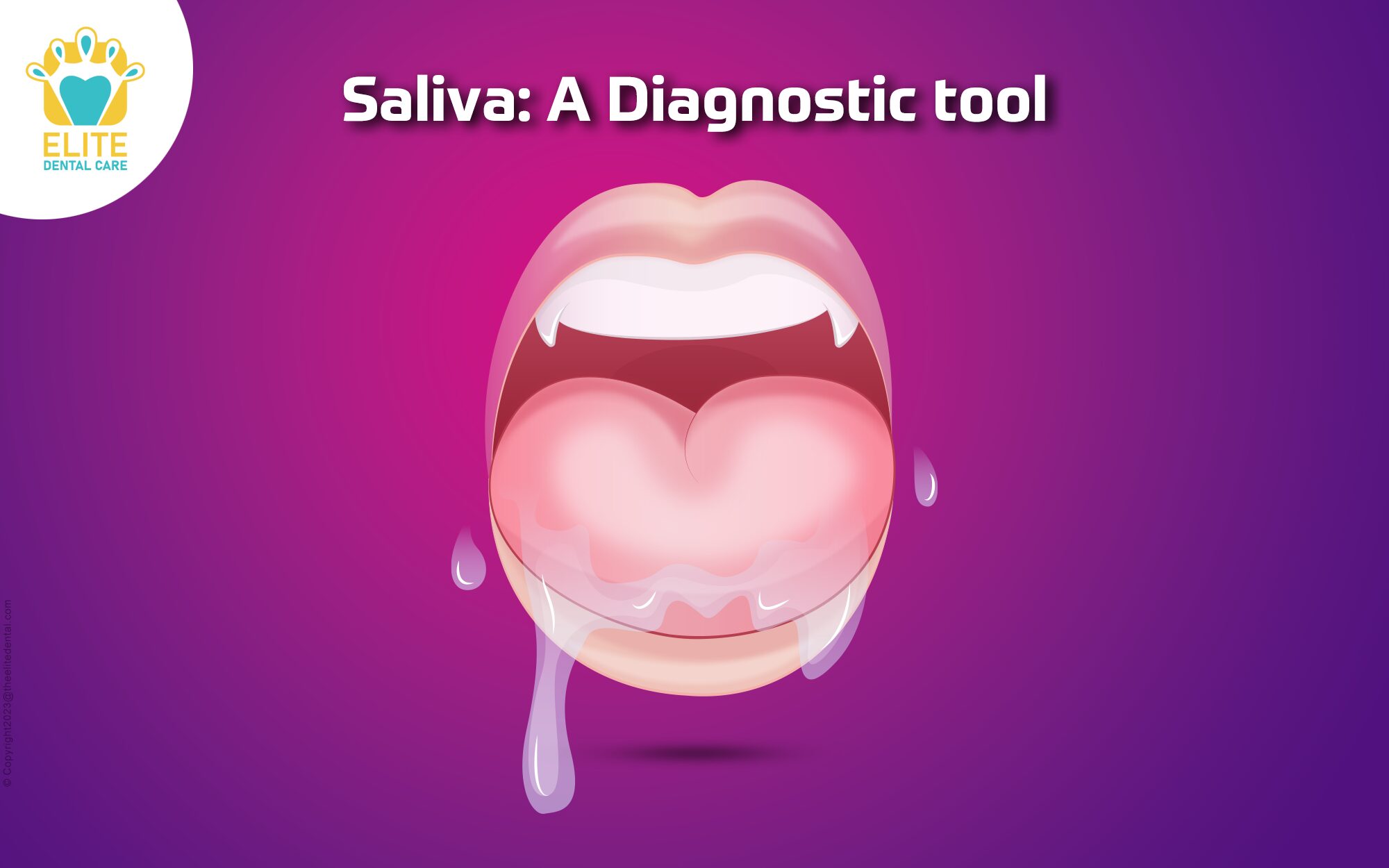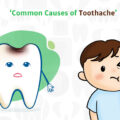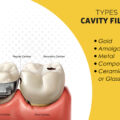
dentaldental caredental healthelitedentalflossinghygiene tips
edental
6 February 2024
SALIVA: A DIAGNOSTIC TOOL
Saliva diagnosis entails the detection of disease-related biomarkers in saliva, a transparent and mildly acidic biological fluid originating from major salivary glands such as the parotid, submandibular, and sublingual glands, as well as minor salivary glands like buccal, lingual, and palatal glands.
Over the past decade, saliva has been extensively explored as a potential diagnostic tool due to its easy and non-invasive accessibility, coupled with a rich array of biomarkers, including genetic material and proteins.
The analysis of saliva holds promise for diagnosing a range of conditions, including hereditary disorders, autoimmune diseases, malignancies, infectious diseases, and endocrine disorders. Additionally, it proves valuable in assessing therapeutic drug levels and monitoring illicit drug use.
Human salivary glands, on average, produce approximately 1 to 1.5 liters of serous and mucinous saliva daily, blending water, salts, and various molecules from the blood and salivary proteins. Saliva emerges as a viable alternative to serum for biological fluid analysis. Furthermore, the importance of orthodontic treatment can be emphasized, as saliva analysis provides valuable insights into oral health, offering a holistic approach to diagnostics and treatment planning in dentistry.
Saliva analysis can be instrumental in monitoring immune responses to viral infections such as hepatitis and HIV, aiding in the identification of infected individuals, asymptomatic carriers, and those with immunity. Consequently, salivary diagnostic tests can replace serum diagnostic procedures soon.




